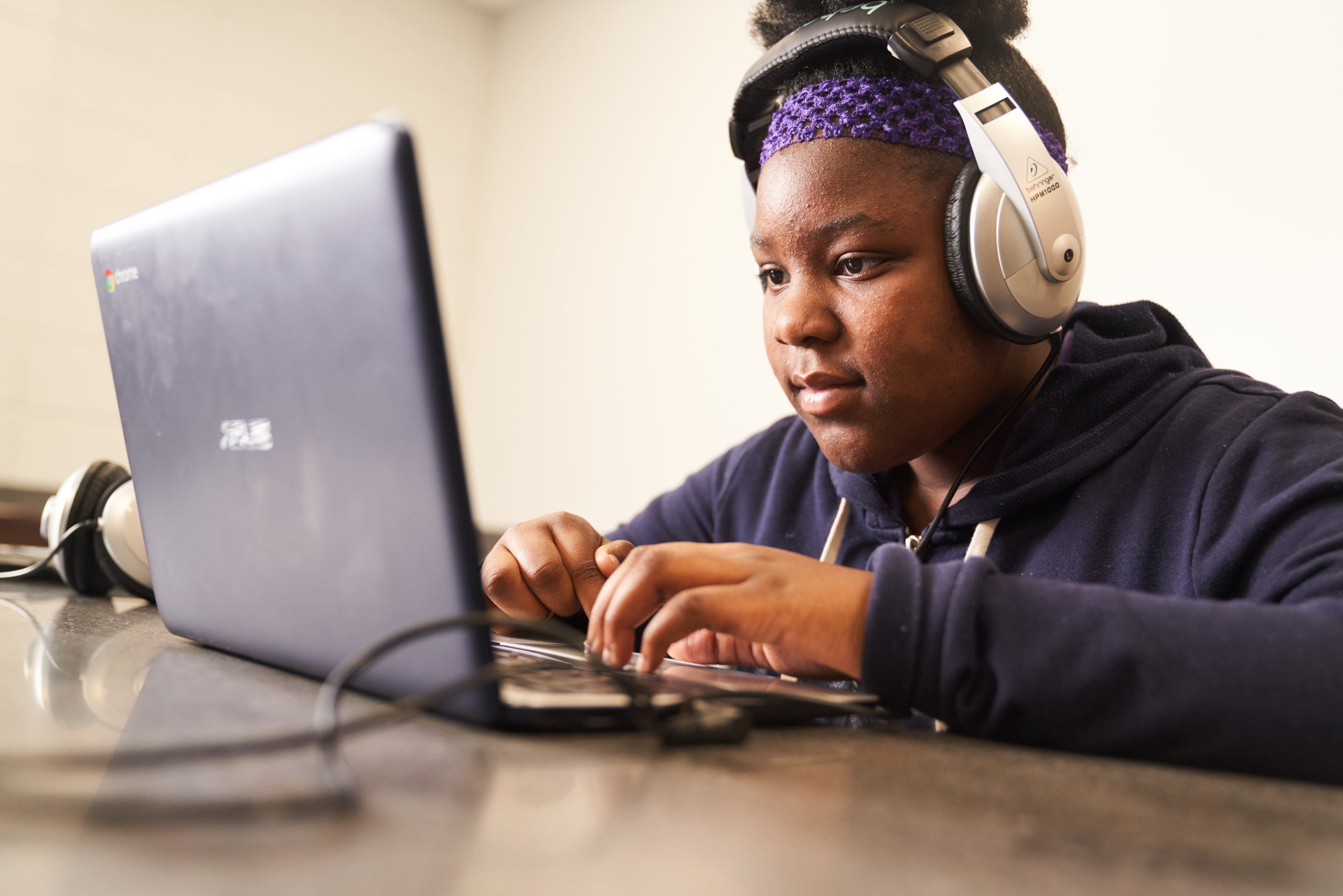Some students and families left without a choice

While most Mississippi school districts are offering both in-person and virtual instruction this year, depending on your district, you may still fall into a category that leaves you without a choice:
- Some districts are offering a hybrid schedule only, deciding by grade or last name when students will be in classrooms or at home.
- Some districts are only offering a virtual option to students who qualify as medically needy or who have vulnerable relatives in their home.
- Some districts are requiring families to provide their own laptops and internet connectivity to qualify for a virtual option.
- Some districts – many rural and many with significant rates of student poverty – are offering 100 percent virtual instruction for a portion or all of the fall semester, which means students without the tools to participate online will receive weekly homework packets with minimal to no instruction.
District plans show varying degrees of engagement with their communities before publishing their reopening schemes. Some districts surveyed their communities and sought to respond to parents’ wishes, clarifying that every family would have a choice between traditional and virtual classrooms. Others make no mention of conversations with the families they serve and fail to offer more than one back-to-school schedule.
The sense is that these plans could also change at any time as schools monitor new coronavirus cases. Parents must figure out how to adapt their own work schedules to a shifting educational environment, and another wrench in school plans has been the significant delay in getting laptops into students’ hands due to state and national issues. One virtual-only district recently announced the expected arrival of devices by the end of the fall semester, while parents in the state’s capital city say their children are falling behind at home.
In a world full of uncertainty, families with school-aged children are on a rollercoaster.
What parents are doing?
Interest in online instruction has risen exponentially this year, and though part-time and full-time virtual options are a necessity, learning online isn’t for everyone.
In one virtual-only district, a Mississippi parent whose child has special needs says she is “miserable” and “regressing.” Another frustrated parent is juggling Zoom lessons for three children and the technical issues and meltdowns that come along with it. A tenth grader without a computer must make her way to a privately-run after-school tutoring program in order to complete the online assignments incorporated into her weekly homework packet.
Yet other families have taken schooling into their own hands by crafting “learning pods” – these also go by the names “pandemic pods”, “micro-schools”, and “cottage schools” – which are small learning communities created by families who pool their resources to purchase curricula and hire teachers, tutors, or therapists. One Mississippi mother says her child “loves it” and is receiving individual attention he has never received elsewhere, though the out-of-pocket costs can be high.
Back in May, one poll showed 40 percent of parents were more likely to enroll their child in a “homeschool, neighborhood homeschool co-op, or virtual school” this fall. Mississippi’s compulsory attendance law requires that students be enrolled in a public school, private school, or homeschool – how many Mississippians have opted to create their own at-home learning options when their school cannot give them what they need will become clear as the year progresses.
What solutions could help?
Forty percent of parents believe their children are behind academically after school closures this spring, increasing the urgency they feel to ensure their children are in the right environment to thrive this fall.
In response, Oklahoma recently devoted $30 million in federal stimulus funds to (1) grants for low-income families to purchase curriculum, tutoring, and technology, (2) grants for low-income families impacted by COVID-19 whose children attend private schools, and (3) grants to enable students in all districts to access online courses or attend a virtual platform full-time.
Mississippi has yet to offer similar solutions directly to students and families in order to “bridge the gap” created by the pandemic.
In Mississippi, the governor has yet to allocate emergency support funds which could be used for similar solutions to “bridge the gap” created by the pandemic.
Efforts like Oklahoma’s offer hope to families falling into a category in their school districts that may not suit their concerns, priorities, or circumstances. A lack of options and agency can significantly increase the stress parents are already under as they try to maintain jobs, manage finances, and oversee their children’s schooling.
As schools and families do what they can to ensure student success this fall, Mississippi shouldn’t leave any student without a choice.